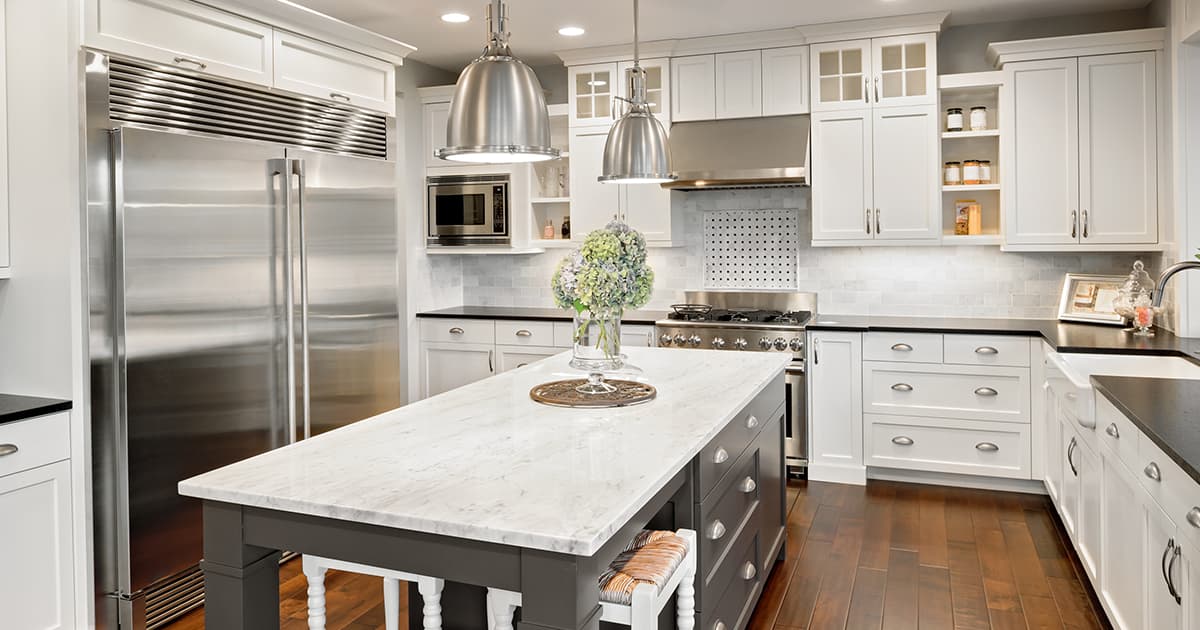How to Stage Your Home to Sell

Staging your home effectively can make all the difference between a swift sale and a property that lingers on the market.
Potential buyers are drawn to spaces that feel inviting, organized, and ready to move into. Staging your home to sell can result in a quick sale at the highest possible price.
Setting the Stage: Key Principles of Home Staging
Declutter and de-personalize:
Before showcasing your home, take the time to declutter. Remove personal items, excess furniture, and any clutter that could distract buyers from envisioning themselves in the space.
De-personalizing the space helps buyers to see the house as a blank canvas for their own lifestyle and preferences.
Emphasize space and light:
Maximizing natural light and creating a sense of spaciousness always enhances your home's appeal.
Open curtains, clean windows, and strategically place mirrors to reflect light and create an airy atmosphere. Remove bulky, unappealing, or unnecessary furniture to make rooms feel bigger.
Did you know? Western Financial Group are experts for your car, home, tenant, and business insurance. Did you know that if your switch your insurance is easy and you can save up to 30% when you switch your car and home insurance to Western.
Highlight key features:
Identify and accentuate the unique selling points of your home. Whether it's a cozy fireplace, hardwood floors, or architectural details, draw attention to these features through tasteful decor and furniture arrangement.
Neutralize colour and decor:
Opt for neutral paint colors and simple decor schemes that appeal to a broad range of tastes. Take this as an opportunity to start packing more eccentric personal pieces!
Neutral tones create a cohesive backdrop that allows buyers to envision their own furnishings and style preferences.
Enhance curb appeal:
The exterior of your home sets the first impression for potential buyers. Invest in landscaping, exterior maintenance, and simple improvements like a fresh coat of paint for the front door to draw buyers in from the moment they arrive.
Home Insurance and Staging
Keep your insurance coverage:
While staging your home for sale, you’ll need to keep adequate home insurance coverage. Your existing policy should remain active until the sale is finalized to protect against unforeseen events such as damage or liability claims.
Coverage for staging items:
Some home insurance policies may offer coverage for staging items such as furniture, decor, and accessories. Be sure to review your policy or consult with your insurance provider to understand the extent of coverage during the staging process.
Potential discounts for home staging:
Staging a home can cost between under $1,000 to several thousand dollars or more. Some insurance providers may offer discounts for homes that have been professionally staged.
Staging can signify proactive maintenance and care for the property, reducing the perceived risk of potential claims.
Effective staging transforms your home into a desirable and marketable property that can resonate with potential buyers and even raise the going price.
By following key staging principles and understanding the implications for home insurance, you can streamline the selling process and maximize the value of your investment.



